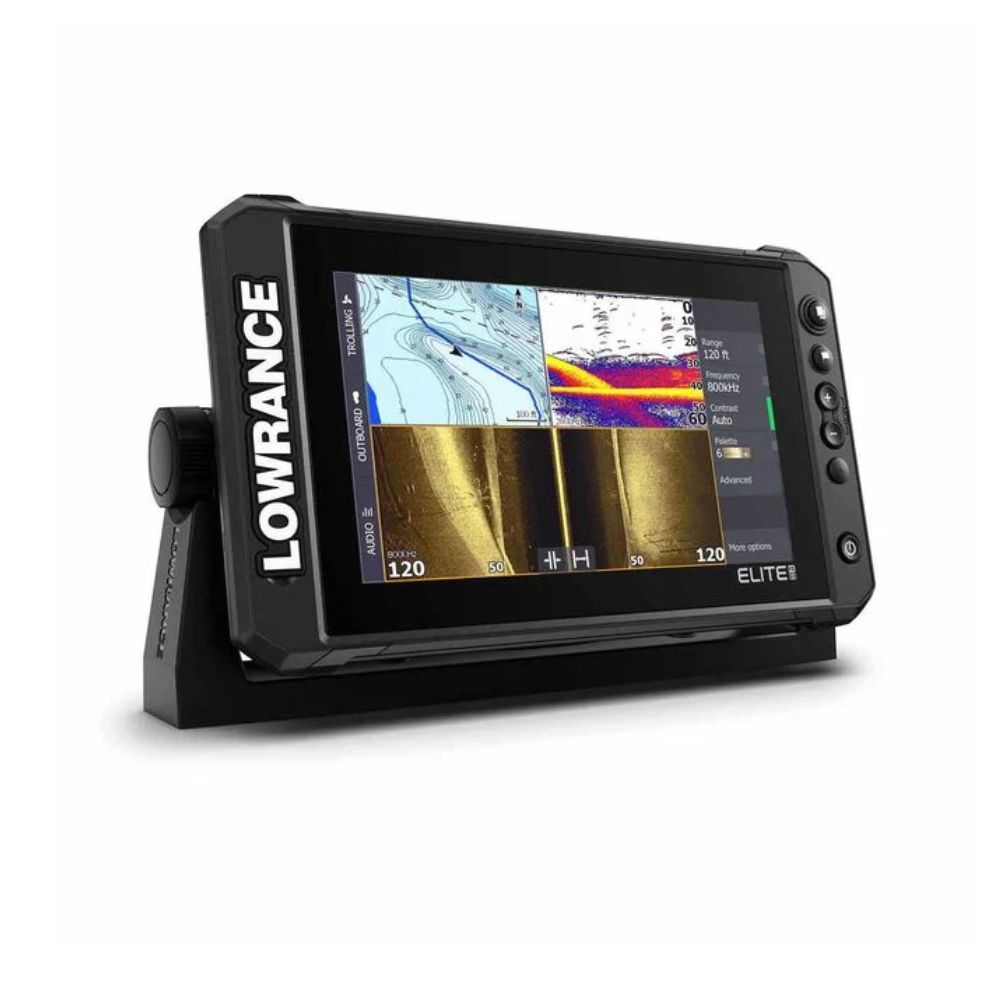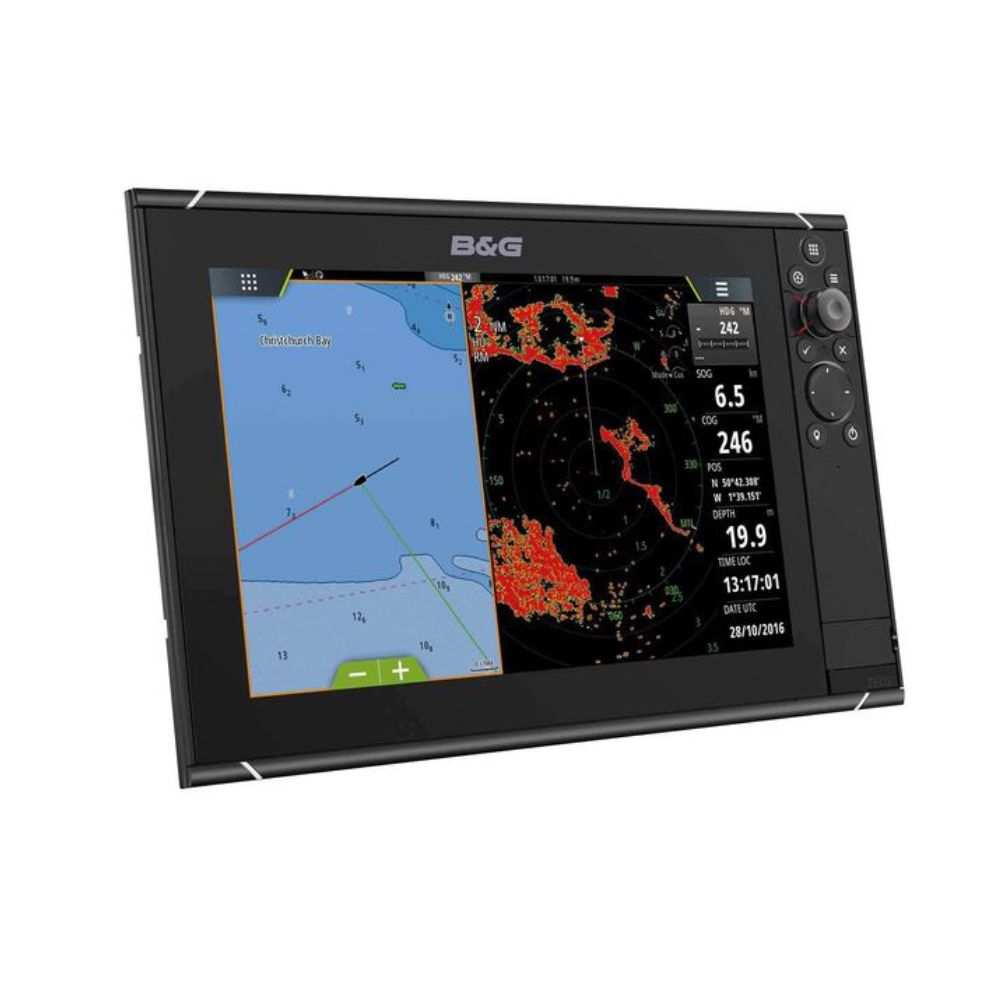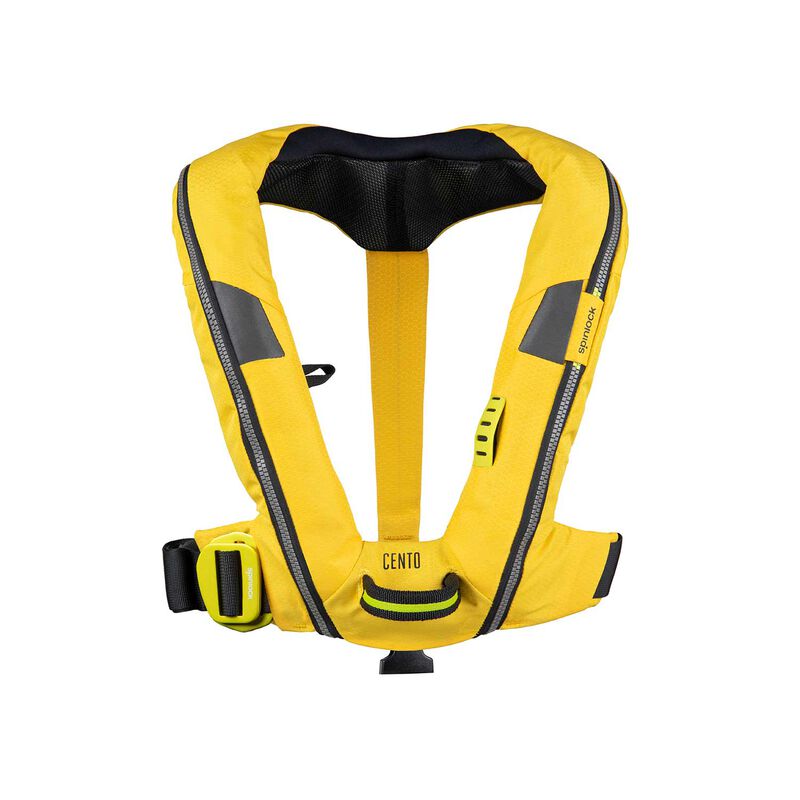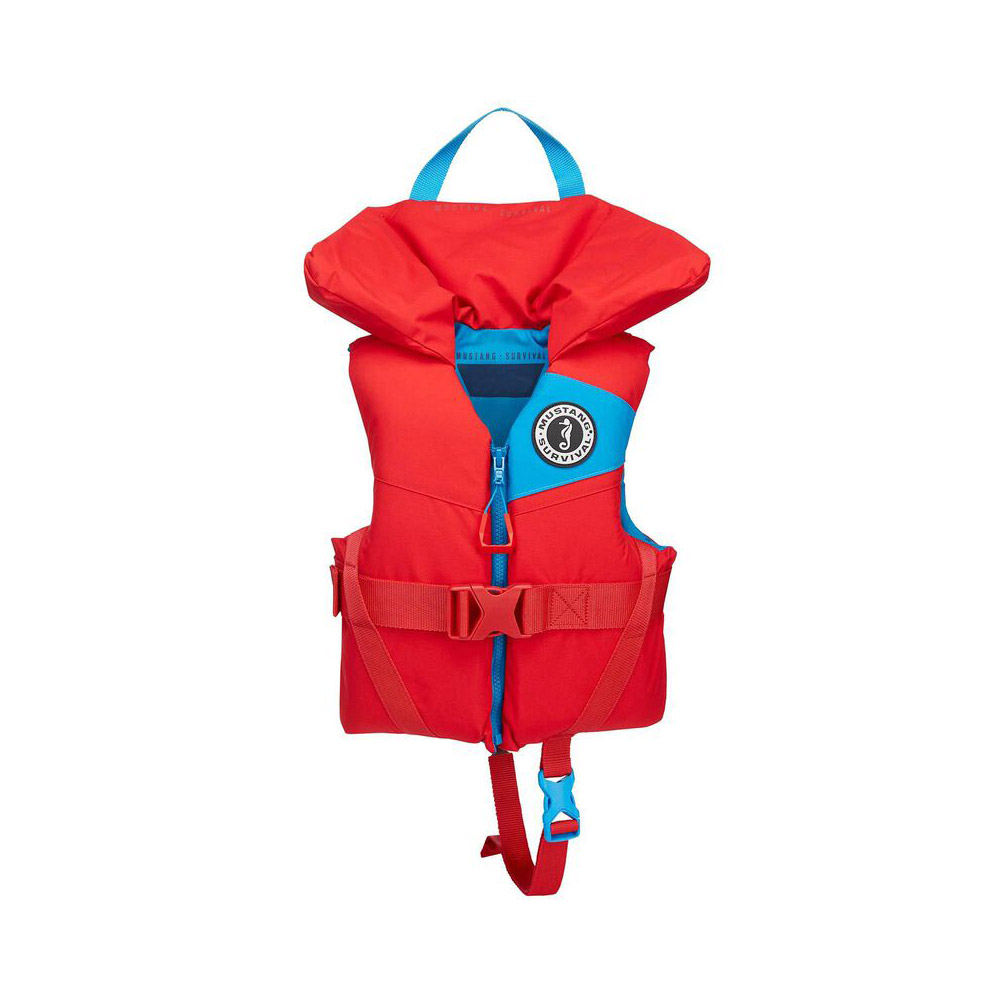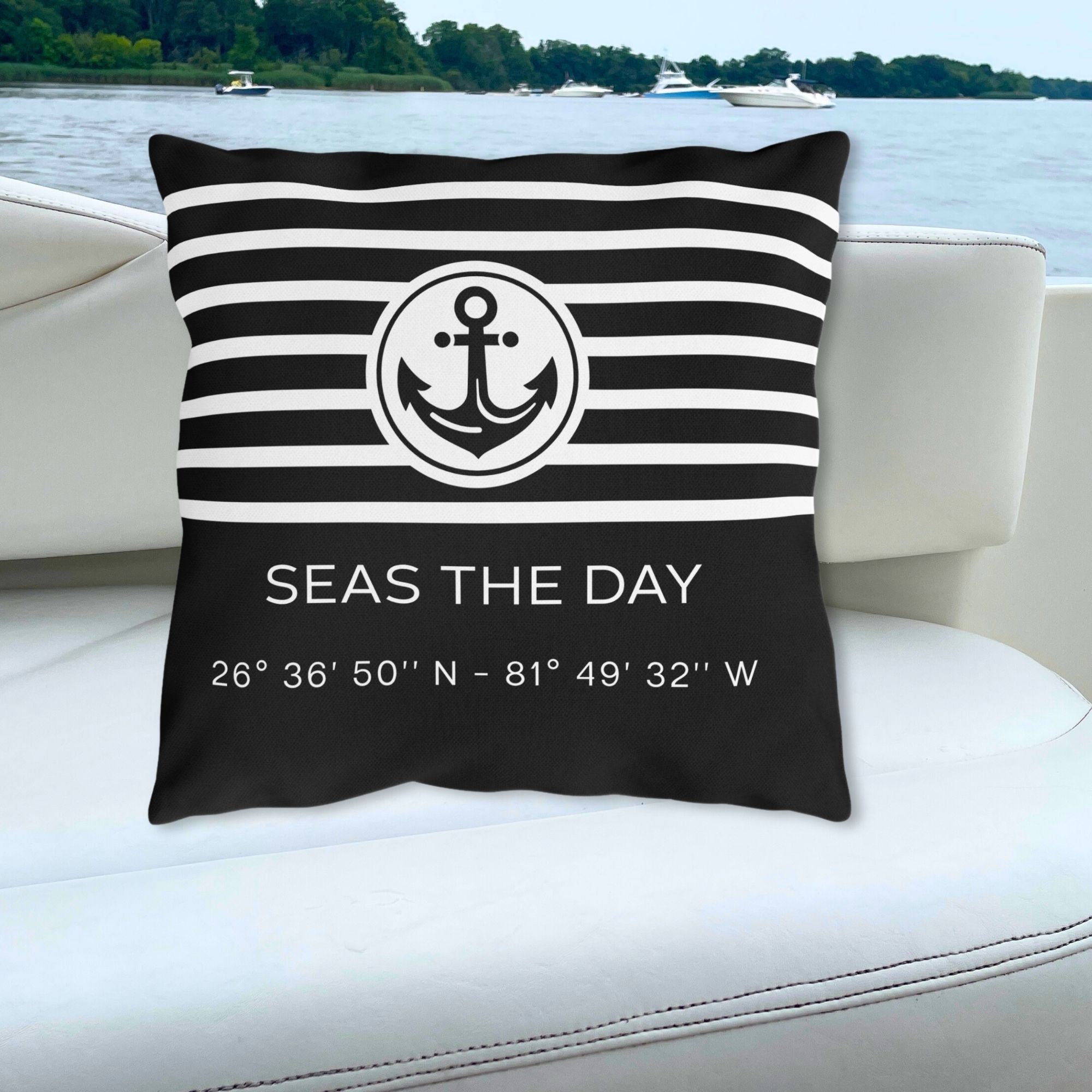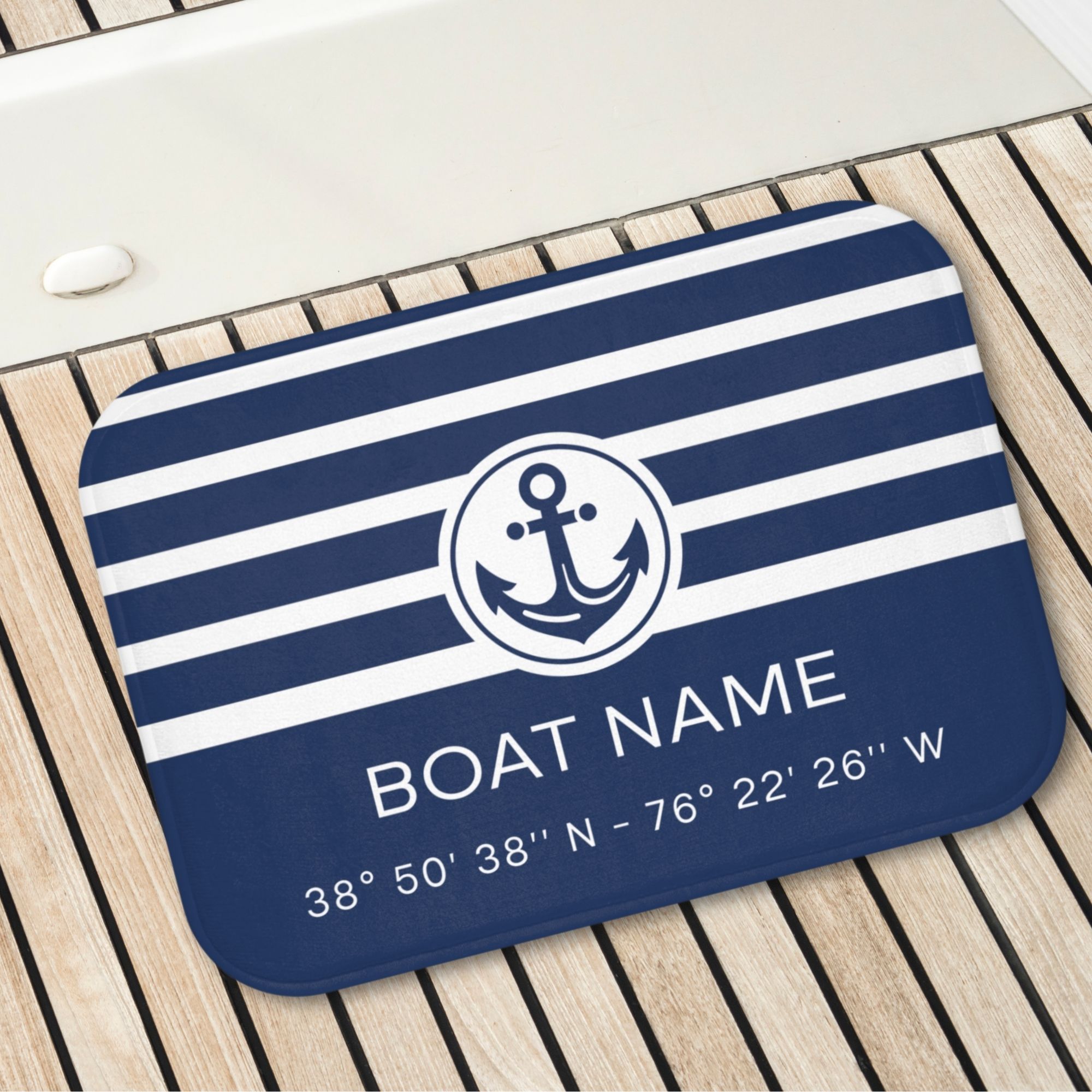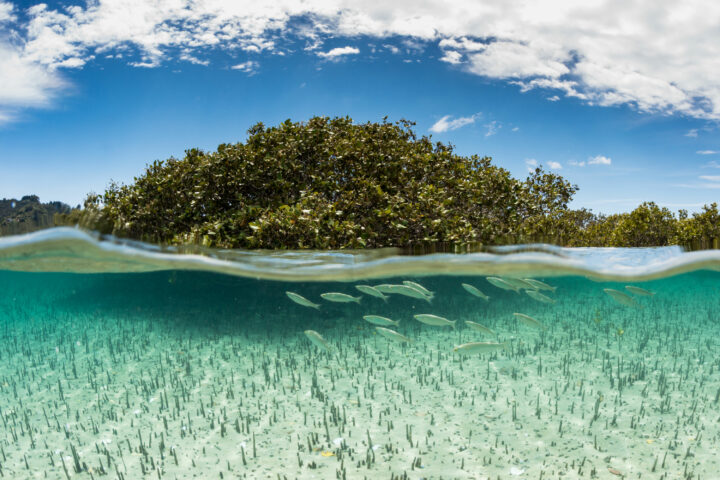
Our ocean plastic pollution problem has reached a new depth of concern for our marine environment with plastic now reaching the deepest point of the ocean
It is no secret that there is a serious plastic problem happening around the globe. You would not be surprised to hear that plastic is found in the oceans and even fresh bodies of water around the world every day. You might, though, be surprised to hear that plastic pollution has now reached the deepest point of ocean known to man: Mariana’s Trench.
Mariana’s Trench is located more than 36,000 feet under the ocean’s surface. It has only successfully been explored four times by submarine descents. These submarines are coated with Marine Grade Stainless Steel alloys that typically contain molybdenum in order to resist the corrosive effects of salt in the ocean. Molybdenum is an element with the atomic symbol of 42 and a melting point of 4,748 degrees Fahrenheit. Even some of the best-protected submarines could not successfully make the descent down to the trench.
Ocean plastic pollution problem runs deep
The plastic pollution found in the trench could potentially make the phenomenon even more difficult to explore. The Japan Agency for Marine-Earth Science and Technology spend over 30 years assessing the plastic problem. They put out submarines all over the world’s oceans from 1983 to 2017 and collected data based on plastic debris pollution they found in the deep sea.
There are over 5,000 recorded dives in the database from their study. From the reports, there were more than 3,425 pieces of man-made debris counted. Most of this debris was single-use plastic items. The trash mostly included plastic bags, bottle caps, and other micro-plastics.
“The data show that, in addition to resource exploitation and industrial development, the influence of land-based human activities has reached the deepest parts of the ocean in areas more than 1000 km from the mainland,” the authors wrote. “Establishment of international frameworks on monitoring of deep-sea plastic pollution as an Essential Ocean Variable and a data sharing protocol are the keys to delivering scientific outcomes that are useful for the effective management of plastic pollution and the conservation of deep-sea ecosystems.”
China also sent a submarine down to deep parts of the ocean in order to explore plastic debris. They sent an autonomous underwater vehicle down 3,900 meters, and it traveled 24.8 kilometers. The submarine found even more plastic pollution.
“Due to the low temperature, the no-light environment and inactivity of microbial degradation, when plastic garbage sinks to the seafloor, it is hard to be degraded by the nature,” said scientist Sun Dong.
There are more than 600 billion pounds of plastic made and consumed every year, and the market is still growing by roughly 5% each year. If we don’t get a handle on our plastic consumption and the way we recycle, who knows what condition the ocean will be in just another decade.
Trending Now: Must-Have Boat Gear for Your Boat Life
Trending Now: Custom Boat Decor
-
Boat Pillow with Boat Name & LAT LONG Coordinates
Quick ViewBuy on Etsy -
Boat Pillow with Boat Name & LAT LONG Coordinates- Black
Quick ViewBuy on Etsy -
Coastal Blue Stripes Bathmat with Anchor & Boat Name
Quick ViewBuy on Etsy -
Custom Boat Mat with Boat Name & LAT LONG Coordinates
Quick ViewBuy on Etsy
Disclosure: This site may contain links affiliated with companies where we receive compensation. Also, as an Amazon Associate we may earn from qualifying purchases we refer but it does not impact the price you pay. Full disclosure policy.

